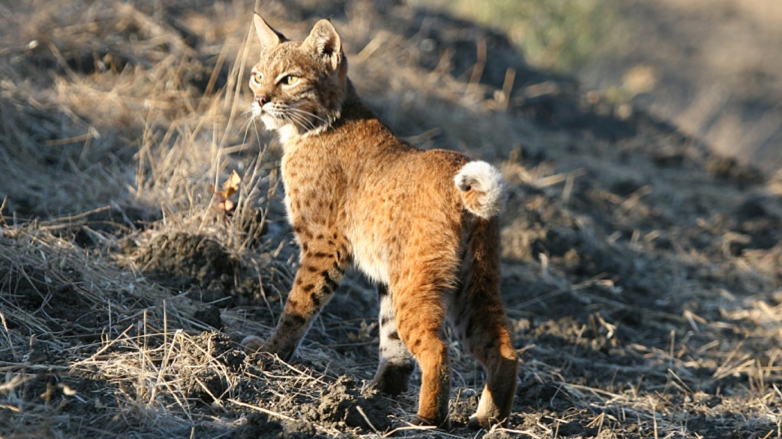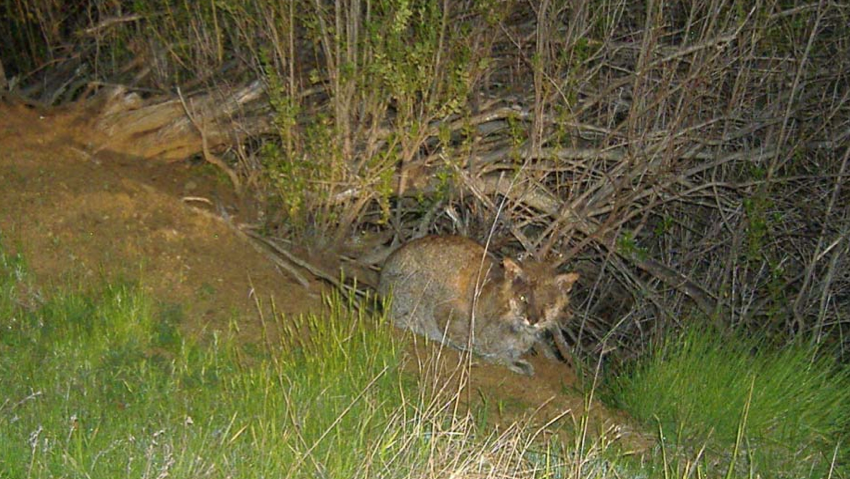MROSD concerned about rodenticide’s effect on local bobcats


Based on information from MROSD
The Midpeninsula Regional Open Space District is advocating for additional regulations on so-called second generation anticoagulation rodenticides due to illness and deaths of bobcats on the peninsula. These poisons have been linked to illness and deaths of foxes, eagles, owls and bobcats as well as dogs and cats throughout California.
The California Department of Pesticide Regulation has limited the sale of SGARs effective July 1, 2014.
In 2010, the Midpeninsula Regional Open Space District began to observe bobcats with symptoms of a severe disease called notoedric mange in the 4,150‐acre Rancho San Antonio County Park and Open Space Preserve near Cupertino. Until then, healthy bobcats were commonly seen throughout the preserve, often hunting rodents in meadows.
Studies by the National Park Service in southern California indicate that outbreaks of mange in animal populations is a result of exposure to anticoagulant rodenticides. These poisons weaken animals’ immune systems and make them less able to fight mite infestations. This leads to cracked, wounded skin that is subject to bacterial infections. Affected animals become malnourished, emaciated and unable to hunt or feed themselves, and eventually die.
In early 2011, following a population study, California Department of Fish and Wildlife researchers reported, “The absence of recent bobcat sightings coupled with the number of documented mortalities suggests that although still present, the local population may be significantly reduced.”
Today, bobcats are rarely seen at Rancho San Antonio OSP. Mange-ridden animals have been recorded at the districts’s Fremont Older Preserve. MROSD staff has received reports of dead or mange‐ridden bobcats across a distance of 18 miles.
MROSD staff and volunteers started a study in the last six months to determine the existing population and health of bobcats at Rancho San Antonio OSP. Very few bobcats have been observed, however, the few that have been sighted (possibly only two or three individuals) appear healthy. A juvenile bobcat, probably 6 to 9 months old, was observed following an adult bobcat, which indicates that some of the population is healthy enough to reproduce.
MROSD Staff believes much of the original bobcat population in Rancho San Antonio OSP possibly died from the initial mange outbreak. Bobcats from surrounding areas may be repopulating Rancho San Antonio OSP.
MROSD concludes, “If this small population can be protected from exposure to rodenticides, they are likely to reestablish a healthy population at Rancho San Antonio OSP because it is good habitat for them.”
